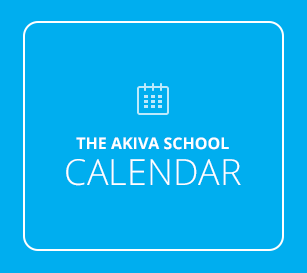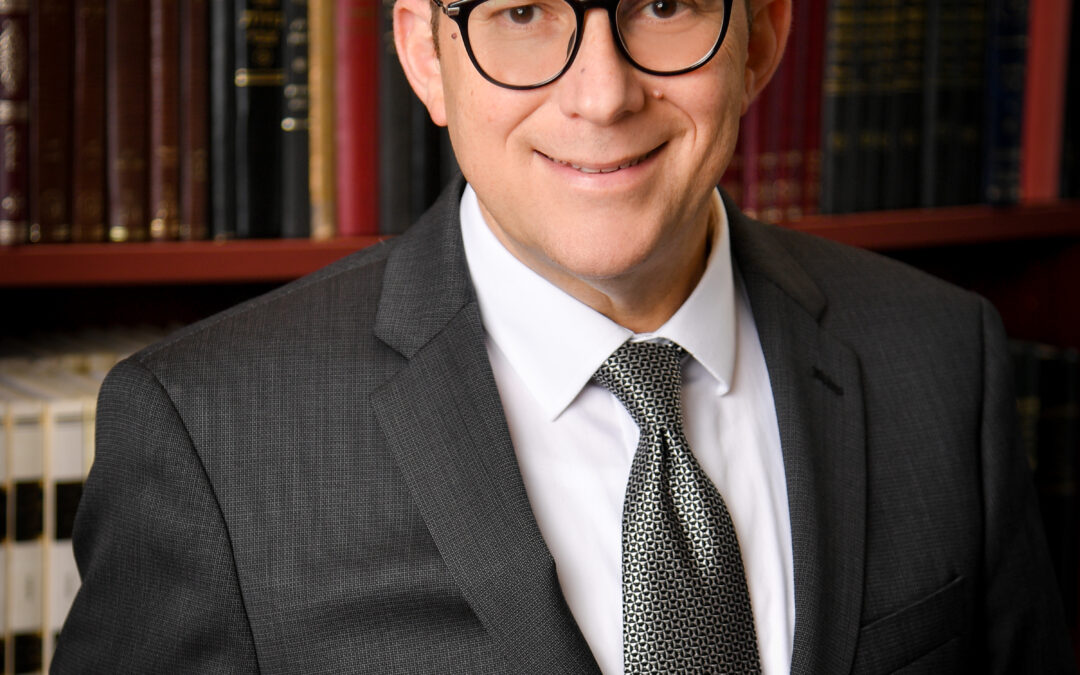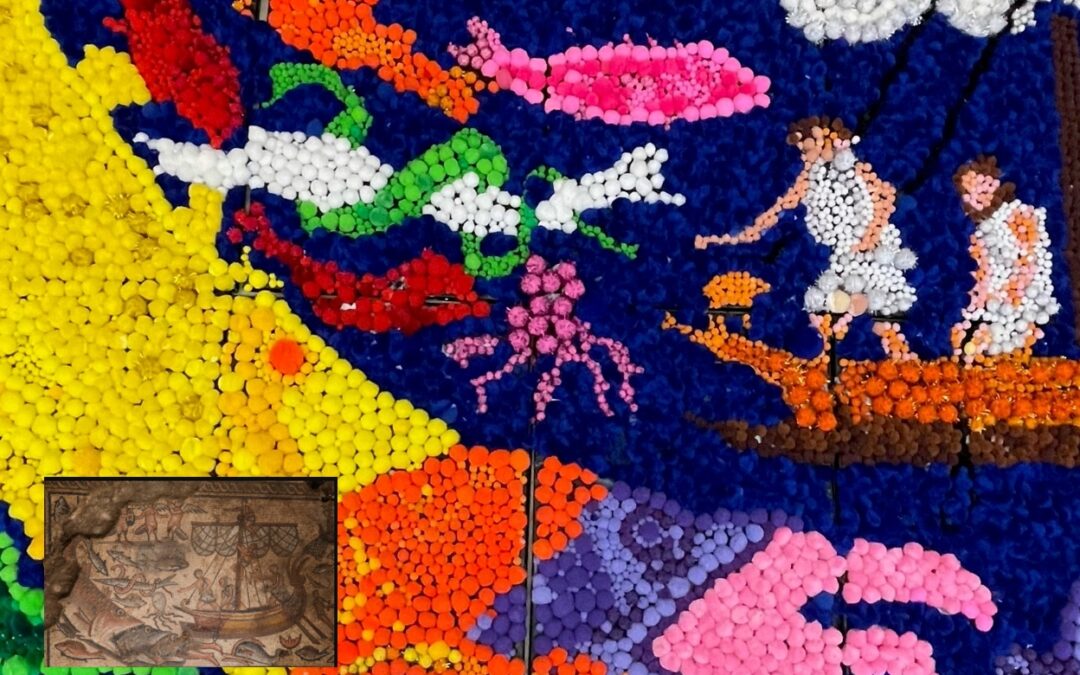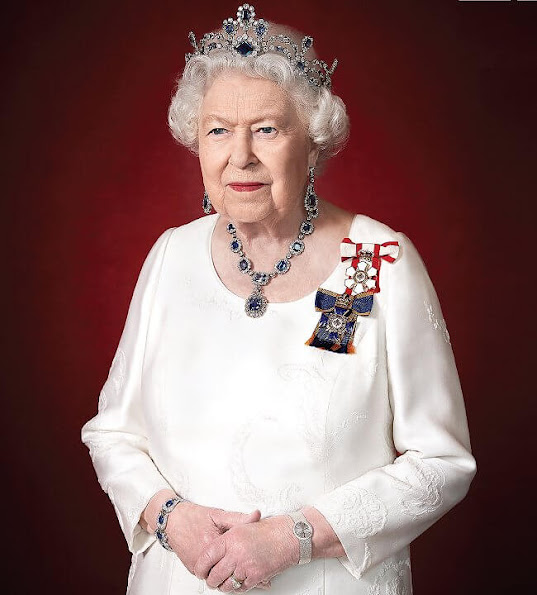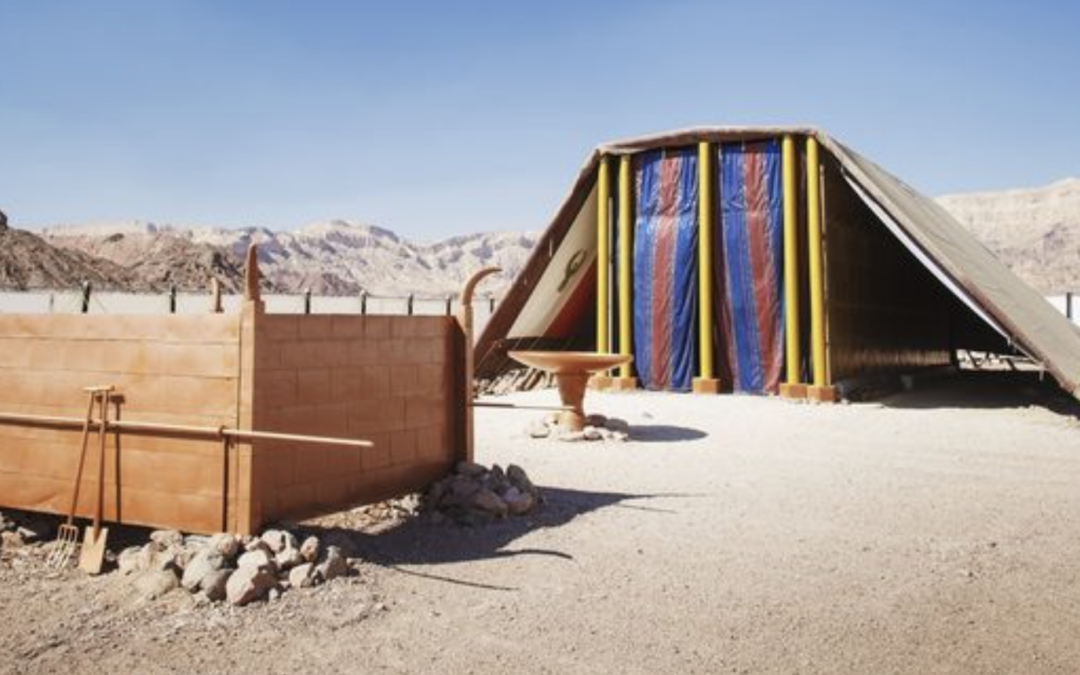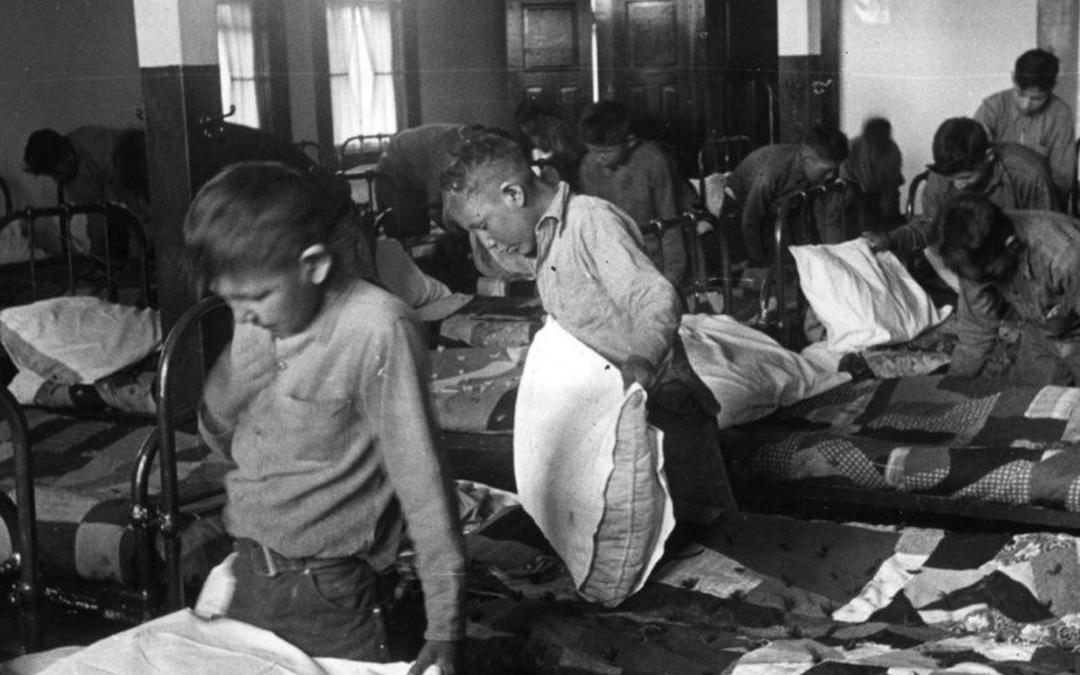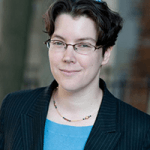 This week, our guest blogger is Rabbi Grushcow, Akiva parent and Senior Rabbi at Temple Emanu-El-Beth Sholom:
This week, our guest blogger is Rabbi Grushcow, Akiva parent and Senior Rabbi at Temple Emanu-El-Beth Sholom:
Our parsha, Miketz, continues the drama of Joseph and his brothers. Towards the end of the parsha, Joseph – whose brothers sold him into slavery – has risen to power as Pharaoh’s right-hand man. His brothers and their families, meanwhile, are in Canaan, threatened by famine. Their father, Jacob, hears of one possible solution: “Now Jacob saw there was food in Egypt” (Gen. 42:1).
The great teacher, Dr. Avivah Zornberg, draws to our attention a rabbinic midrash which puns on the word for “food” – technically, shever, corn. The midrash goes on to give two alternate meanings: Jacob saw that there was sheber – disaster; and Jacob saw that there was sever – hope. He saw that there was disaster: famine. He saw that there was hope: plenty. He saw that there was disaster: Joseph was brought down to Egypt as a slave. He saw that there was hope: Joseph was the governor. He saw that there was disaster: the Egyptians would afflict the Jews. He saw that there was hope: the Jews would be redeemed. From famine to plenty, imprisonment to security, enslavement to freedom – Jacob saw everything that lay in Egypt. He saw that there was disaster, and that from that disaster, would rise hope (Bereishit Rabbah 91:1).
We are currently in the midst of Chanukah, our Jewish holiday of hope. I always remember the story told by Rabbi Hugo Gryn, who was a child in Auschwitz when his father melted the precious margarine ration to light a Hanukkah candle. Hugo protested. His father said, “My child, we know you can live three days without water. You can live three weeks without food. But you cannot live for three minutes without hope.”
Both our parsha and this holiday remind us how important it is to have hope; even – especially – when the world seems dark. God willing, our children will never encounter extremes of despair, as Joseph did when his brothers sold him, or as Jews experienced in Auschwitz. But my hope is that we can teach them resilience – and we can start by modelling it ourselves.
Rabbi Lisa J. Grushcow, D.Phil.
Senior Rabbi, Temple Emanu-El-Beth Sholom

